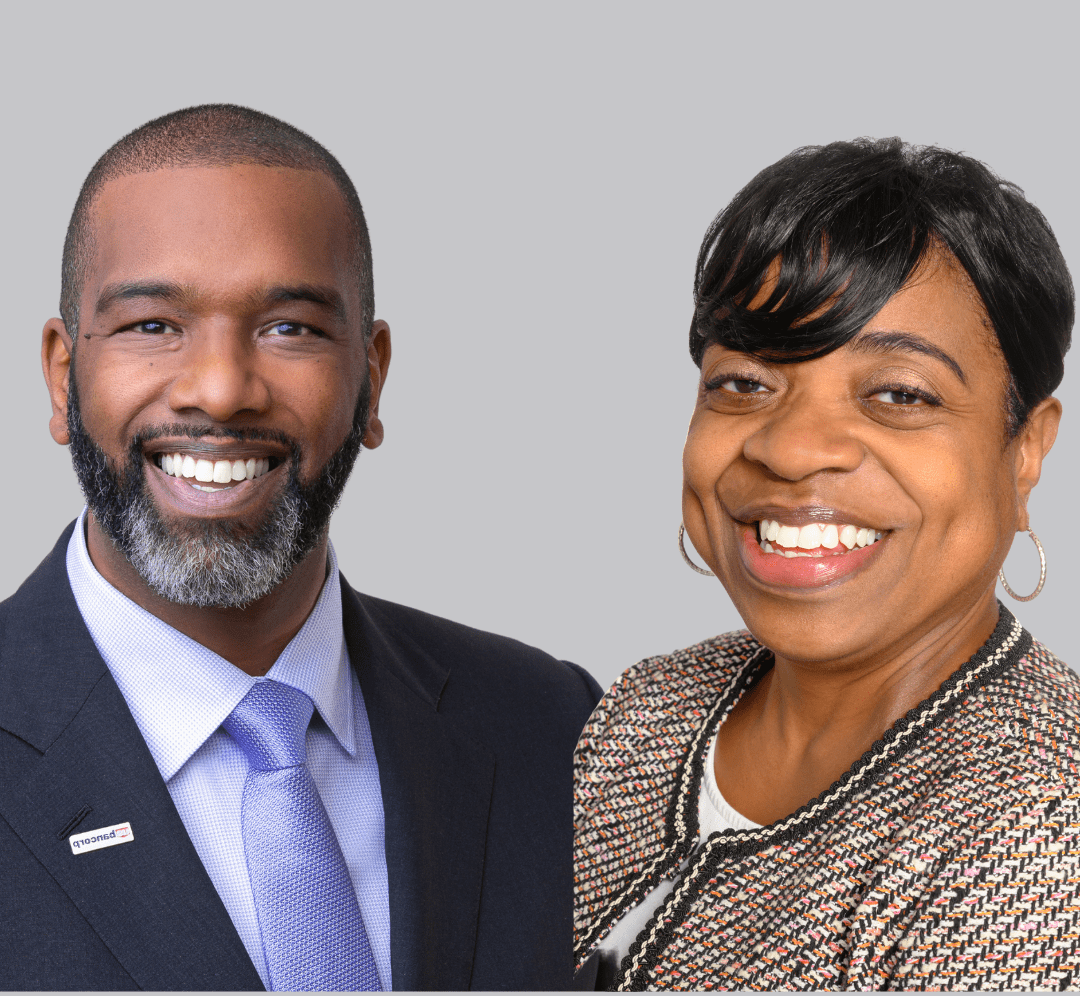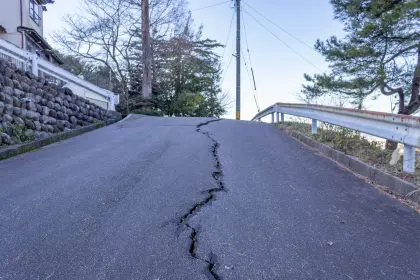More than likely, that percentage will remain the same for the foreseeable future – even with the recent wave of removing controversial statues in 2020 and 2021.
Since May 2020, the Toppled Monuments Archive has detailed 84 such removals of “colonialist, imperialist, racist and sexist monuments” in North America. In addition, the Southern Poverty Law Center’s Whose Heritage? Project says that if other Confederate symbols are included, such as institution names and publicly displayed plaques, a more accurate number is that 168 were taken down in 2020.
A changing landscape
Not a single statue was built to honor the legacy of a Black person until 1974, when the likeness of famed educator Mary McCleod Bethune became the first Black statue ever erected on federal lands. The Martin Luther King, Jr. Memorial on the National Mall was not installed until in 2011.
Bethune’s statue stands in stark contrast to a nearby statue in Washington’s Lincoln Park. The Freedman’s Memorial, erected in 1922, immortalizes Abraham Lincoln standing clothed and erect, while a bare-chested Black man with broken chains around his wrists kneels at Lincoln’s feet.
Tensions over this controversial symbol led to the removal of a similar statue in Boston on Dec. 29, 2020.
Public statues represent significant expenditures of time, money and political capital, especially with more than US$2 million and four years of legal battles spent on the Robert E. Lee statue’s removal in Charlottesville.
[Understand key political developments, each week. Subscribe to The Conversation’s politics newsletter.]
Continue reading on the next page.
















